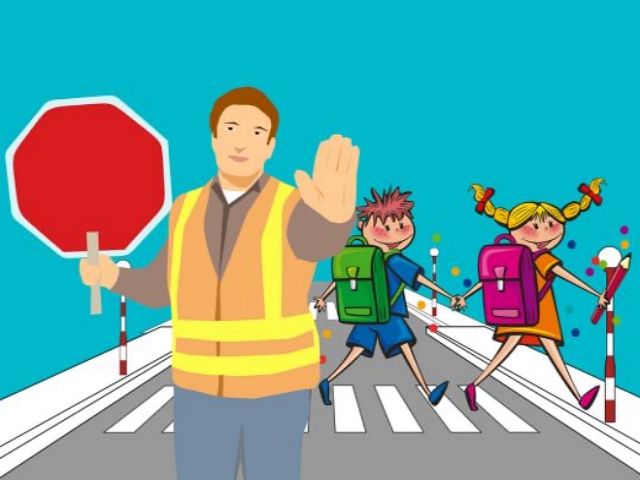Important Road Safety Tips for Children
An estimated 137,000 pedestrians are treated in emergency departments for non-fatal crash-related injuries in a given year — as reported by the CDC. Older adults and children are at a particularly high risk of being injured and most events occur in urban areas, at night time, and at non-intersection locations.

If you have children, you can start teaching them about road safety from the time they are toddlers, providing more details on safety and security as they get older and are able to process more complex information.
Teaching Toddlers About Road Safety

This is a great time to introduce your children to the ‘Stop, Look, Listen, and Think’ method, which encourages them to use all their senses then make a decision as to whether or not to cross the road (of course, they will still be crossing in your or another adult’s company at this stage). The method involves stopping before they come to the edge of the pavement, looking for vehicles and bikes on the road (both left and right), listening for the sounds of motors and indeed any other noise that could indicate activity on the road), and thinking (assessing how much time they have to cross). Of course, toddlers still will not be able to make a sound decision as to timing but they can definitely start stopping, looking, and listening under your guidance. The most important thing to stress is that they should hold your hand while crossing the road and walk on your interior (that is, on the side that is farthest from any vehicles).
Children Aged Five to Seven

At this age, children should still hold the hand of the adult they are crossing the road with, though parents can point out where to cross and where it is not safe to do so. Children can still lack the ability to assess how fast cars are approaching and where to stand while waiting. Parents should once again ask children to walk on the side farthest away from traffic. They should continue to use the ‘Stop, Look, Listen, and Think’ method. This is also a good time to talk about how to avoid a driveway or parking lot accident. Children can be taught to look for any signs that someone is in a car. They should also be vigilant of lights, which would indicate a car could move at any time. They should never walk in between parked cars. If there is no other way to pass, then they should choose cars with a big space between them. Children should also be taught to be very careful in busy areas since cars can be pulling in and out of parking spaces without them being aware of it.
Older Children

Children aged seven and up can be taught to be more strategic when choosing when and where to cross the road. They should find a safe place to cross — including pedestrian lanes, traffic islands, controlled crossing points, and the like. They should continue to stop before stepping onto the road, making sure they have a full view of both sides of the road, and looking and listening well for signs of oncoming traffic. They should always wait if they see a vehicle approaching, since it may be hard to assess the vehicle’s actual speed. They should continue to use their senses of sight and hearing as they cross and avoid running.
Many pedestrian accidents can be avoided by exercising due precaution. Children can start learning about road safety from their toddlerhood. As they mature, they can learn how to choose the right place to cross and use all their senses to make a reasoned assessment of how safe a road is to cross at a given time.






